The cost of every item we purchase is determined in part by the price of oil. This includes products that are in no way petroleum based, since material extraction, manufacturing and transportation will in one way or another, rely at least in part on oil.
As the price of oil continues to rise, the money saved by employing used building materials becomes greater all the time. And that is simply considering the direct cost to the consumer; indirectly, the costs are exponentially higher through environmental destruction and the costs that come with it.
Depending on the type of product, some used building materials will save you a lot of money and add character to your home, some will at times cost more and add absolutely nothing, except perhaps help ease the burden on your conscience.
While we don't have suppliers listed by region and there is no national supply chain for 'used stuff', here is a list of some items that are worth considering. As mentioned a couple of times in our pages, one of our favourite projects is the Hemloft, a secret little mountain hideaway in B.C. that was made entirely from used building materials found for free on the internet. Inspired by that, here is a short list some ways to get your hands on some great stock. Please feel free to add comments below if you have ideas of your own.
Collecting used building materials
Doors: Exterior doors from the past might be best left alone, since they are part of your building envelope and should be well-insulated and well-sealed. We are speaking more so about interior doors, and you can find some really nice ones. If they need refinishing, professional sandblasting is ideal for the safe removal of old paint, as it will most likely contain lead. If picking it up from a salvage yard its worth asking if they offer a sandblasting or paint stripping service.
It's much easier if you purchase any reclaimed doors before you design and construct rough openings, olders doors tend to be of widly varying sizes. Out of commision barn doors can contribute greatly to an atmosphere while also being practical, used as a door or table they can standout as strong accent piece.
 |
|
|
Old windows: Old windows can be great for sheds and greenhouses but are best not used in exterior walls of homes, for a number of reasons. Older windows might not have had the best performance record, even in their prime. And if they have seen some useful life already, they will have a reduced lifespan, so you may find yourself needing to change them sooner than you'd like. Money invested in high performance windows is money you will likely recoup in savings. However, building a seasonal out building or greenhouse from recycled windows is not only doable, but a great second life for a resource that otherwise might not be used.

Finishing boards: Old baseboards can be very easily reused and save a bunch of money. Sanding, caulking and paint can bring them back good as new.
Bricks and masonry: Putting materials with high thermal mass in the path of the sun will absorb heat and help regulate home temperatures. If you're looking for used bricks to reclaim, there are several places to check depending on the amount of time and money you want to spend sourcing. Kijiji, Craigslist and your local Freecycle all may have used bricks listed. You can sometimes even find used brick listed on Ebay and there are certainly houses that deal soley in reclaimed brick.
You can find a primer here on identifying various types of brick and their properties and if you plan to be reclaiming the old bricks for re-use yourself here is a good resource on cleaning and preparing your bricks for their new life.
Recycled concrete for foundations and slab floors: Concrete production is a huge source of greenhouse gas emissions; buying concrete with a percentage of recycled content will add pretty much nothing to your life, but the atmosphere will thank you.
Fixtures and cabinetry: You can often find some pretty funky looking older lighting fixtures and great looking cabinets, but avoid plumbing fixtures. Not a lot of thought went into water conservation with older toilets and taps, so those are probably best purchased new to ensure high efficiency.
Decor: The possibilities here are as endless as your imagination. From wine racks, to light fixtures to coffee tables, if it can be made from upcycled materials, it likely has been.

The main thing that needs to be considered regarding used building materials is whether they will perform properly in their assigned role. If a material isn't up to snuff for what it was originally intended to do, think about downgrading its role to something else. For example, old flooring might not be safe on bare feet, but it could work fine as strapping on the side of a house.
Things like metal roofing, windows, doors, and structural members have pretty important roles in your house, so be very careful when reusing materials in these capacities that can affect energy efficiency or long term durability. If you have to replace something fairly soon after installation, you aren't saving money and resources.
Whatever used materials you are considering, collect stock as far ahead of time as you can so you can plan for any changes that might need to be made to accommodate unusual sizes.
Building with pallets:
last but not least - one of the most abundant supplies of ready-made building materials are shipping pallets. They are generally considered about the same as 'packaging' and rarely if ever returned to their source. They can be dissasembled and used for the planking, but in their original form they lend themselves to many uses - wood sheds, bed frames, chairs and tables etc. Companies that accumulate them are often relieved if you come take some - but be certain to double check that pallets and pallet wood are safe by understanding pallet labelling for toxicity here.


And last but not least, reuse household waste wherever possible - compost, recycle, everything helps and it takes seconds to be mindful about waste - however be sure that it's fit for purpose, like coffee grounds as a mulch for garden plants and why that's a really bad idea!


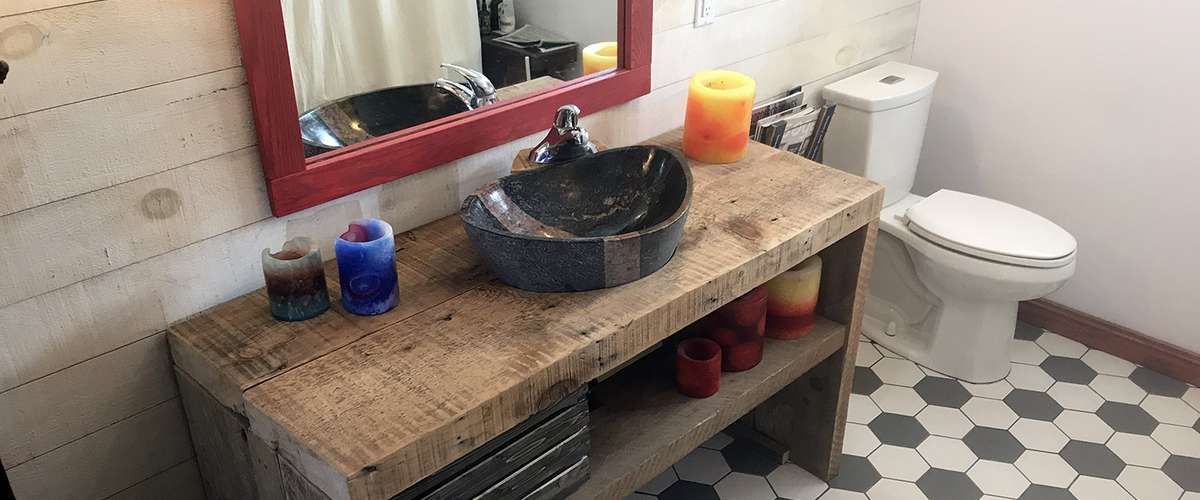















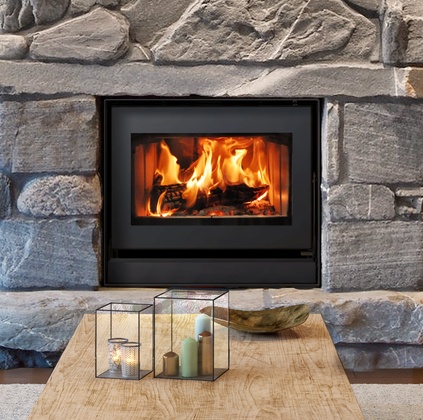



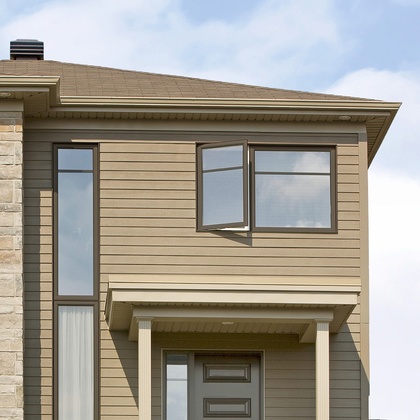

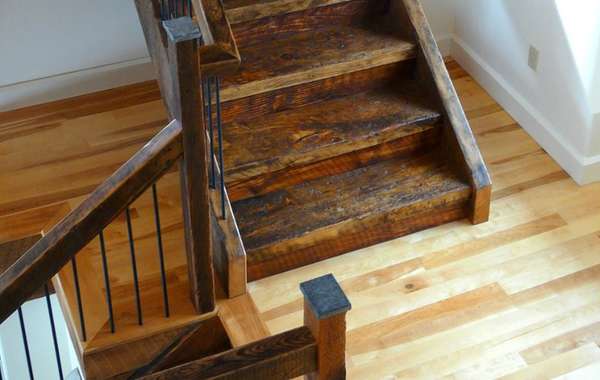
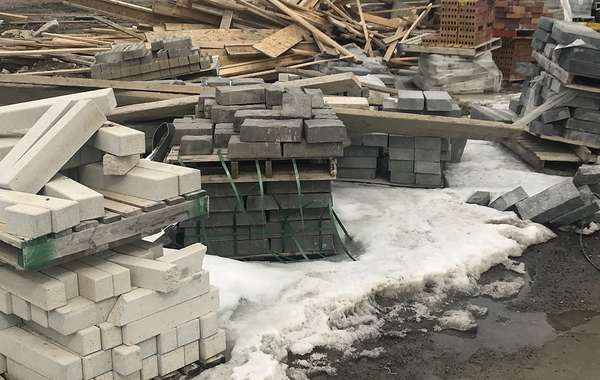
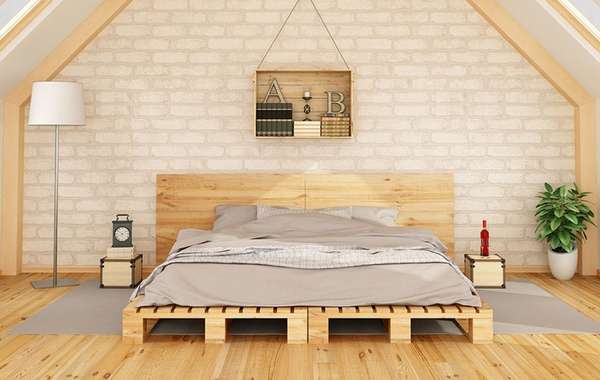
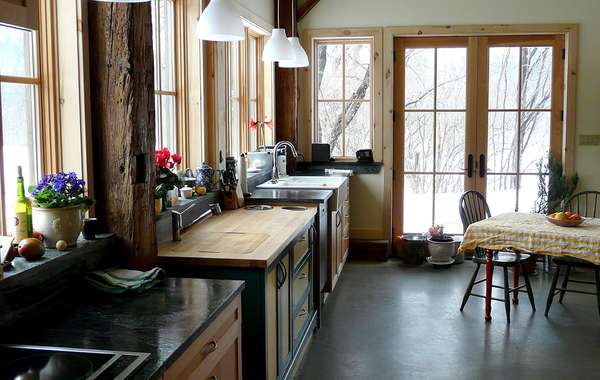
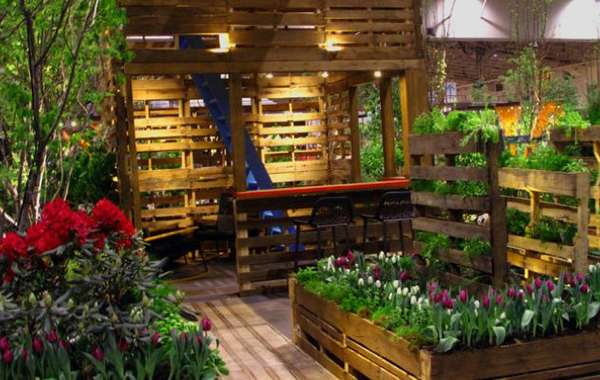
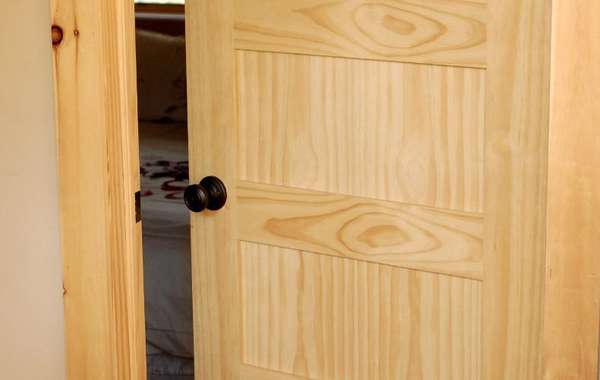
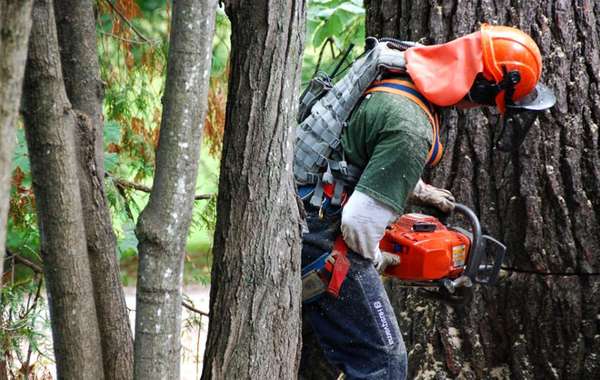
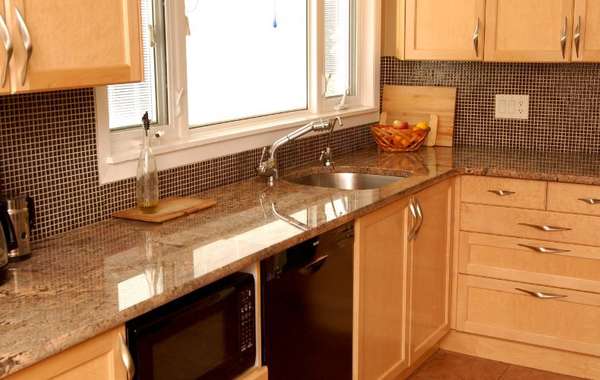

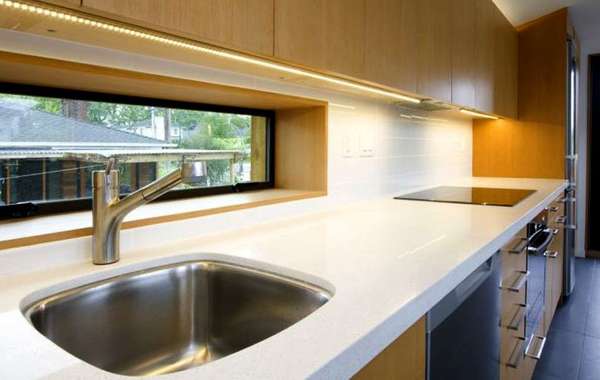

Comments (0)
Sign Up to Comment